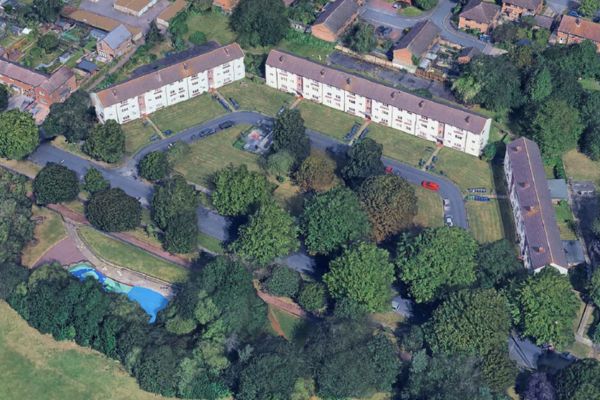Cambridge is twinned with Heidelberg in southern Germany and Szeged in southern Hungary.
Town twinning started after the Second World War as a way of building strong links and friendships with communities in other countries.
Its central ideas are to build international co-operation and understanding within a diverse cultural framework. Special emphasis is placed on the involvement of young people, who serve as the foundation of the future.
Another important goal is the exchange of ideas and innovation among the partner cities for the benefit of all sections of the twinned communities.
Heidelberg

Cambridge has been twinned with Heidelberg since 1957, and an exchange of formal agreements of friendship took place in 1965. Since then, many cultural and community exchanges have taken place.
The Cambridge-Heidelberg Partnership Association was set up in 1980. This is open to representatives of all groups in Cambridge who wish to participate in exchanges with similar groups in Heidelberg.
In the Middle Ages, Heidelberg was the seat of the palatine elector, one of the seven imperial prince electors of Germany who appointed the kaiser. In the 17th century, Heidelberg was involved in many conflicts, so much of the old city dates from after this time and is built in the baroque style.
Today, Heidelberg is a popular tourist destination. It is home to a university, which was founded in the 14th century, and many research institutes, teaching hospitals and a science park.
Szeged
Cambridge twinned with Szeged, the ‘town of waters’, in 1987. Since then a number of local organisations have visited Szeged, including some local schools.

The Cambridge-Szeged Society was formed in 1996 to promote contact between the two towns.
In the time of Bela III, it became a centre for the transport of salt, and a royal castle was built to protect the townspeople. In the 16th and 17th centuries, Szeged became part of the Turkish Empire. Due to its location, it became involved in many conflicts.
Most of the town was completely washed away by the great flood of 1879, and has been rebuilt over a number of years. Sections of the main street still have the names of the many European cities that sent aid for the rebuilding.
Today, Szeged is the economic, cultural, and tourist centre of the southern great plain region, and has a population of about two hundred thousand. It has a large university and the famous Somogyi Library. It is also a centre for water sports and thermal water therapy.



